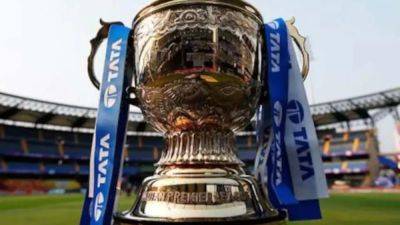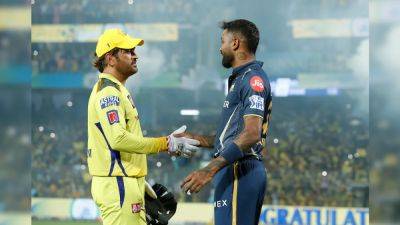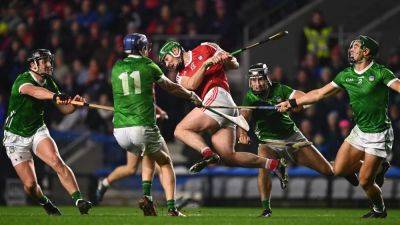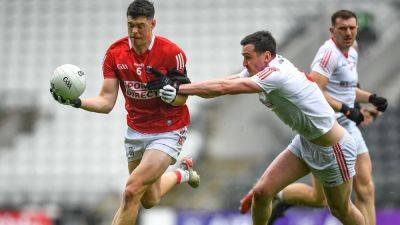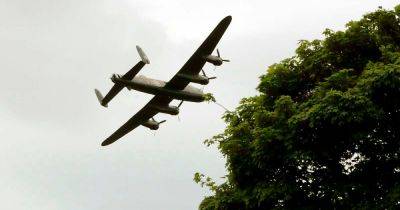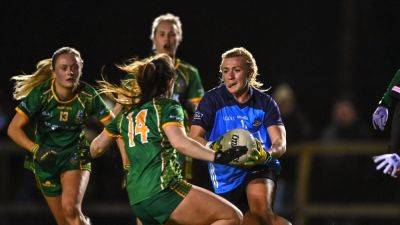How does the NHL draft lottery work? What you need to know - ESPN
The 2023 NHL draft class includes a number of great players, led by Regina Pats center Connor Bedard. Many believe he will quickly alter the path of whichever team drafts him No. 1 overall this summer.
But the No. 1 pick doesn't simply go to the team with the worst regular-season record. Instead, a lottery will determine the final order of the first 16 picks of the first round.
Tune in to watch the proceedings tonight (8 ET, ESPN), and read on for more intel on how this all works, along with which teams have the best shot at landing the No. 1 pick.
A lottery provides multiple non-playoff teams with the chance at getting the first overall pick — an important consideration given the premium value of early first-round picks. In theory, this also reduces any sense that certain teams are not doing their best to ice a competitive lineup (to put it charitably), since there is no guarantee of getting that No. 1 pick by losing the most games.
Plus, it adds some extra excitement for half of the league's fan bases in the time between the end of the regular season and the draft lottery, particularly in years when a player of Bedard's caliber is at the top of the rankings.
A set of 14 pingpong balls are placed in a lottery machine, which allows for 1,001 combinations. Each team in the lottery is assigned a set of random four-number combinations. The worse a team's record, the more combinations they are assigned; so the team with the worst record this past season, the Anaheim Ducks, gets 185, representing an 18.5% chance of winning the first lottery draw.
An accounting firm runs the process for the league, and it keeps tabs on which teams are lined up with each combination; there is also one combination that is deleted from the



